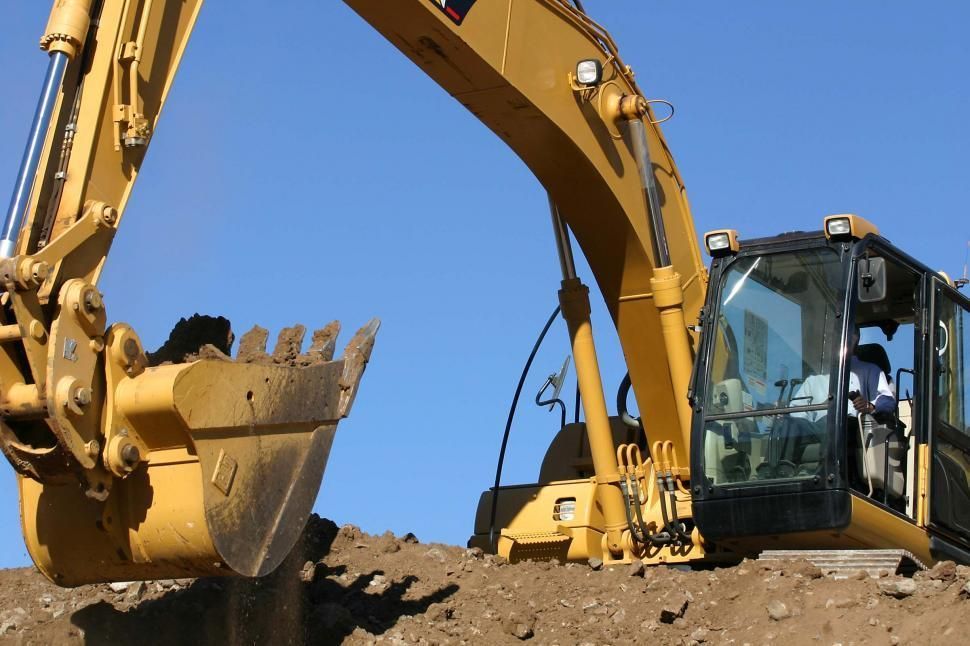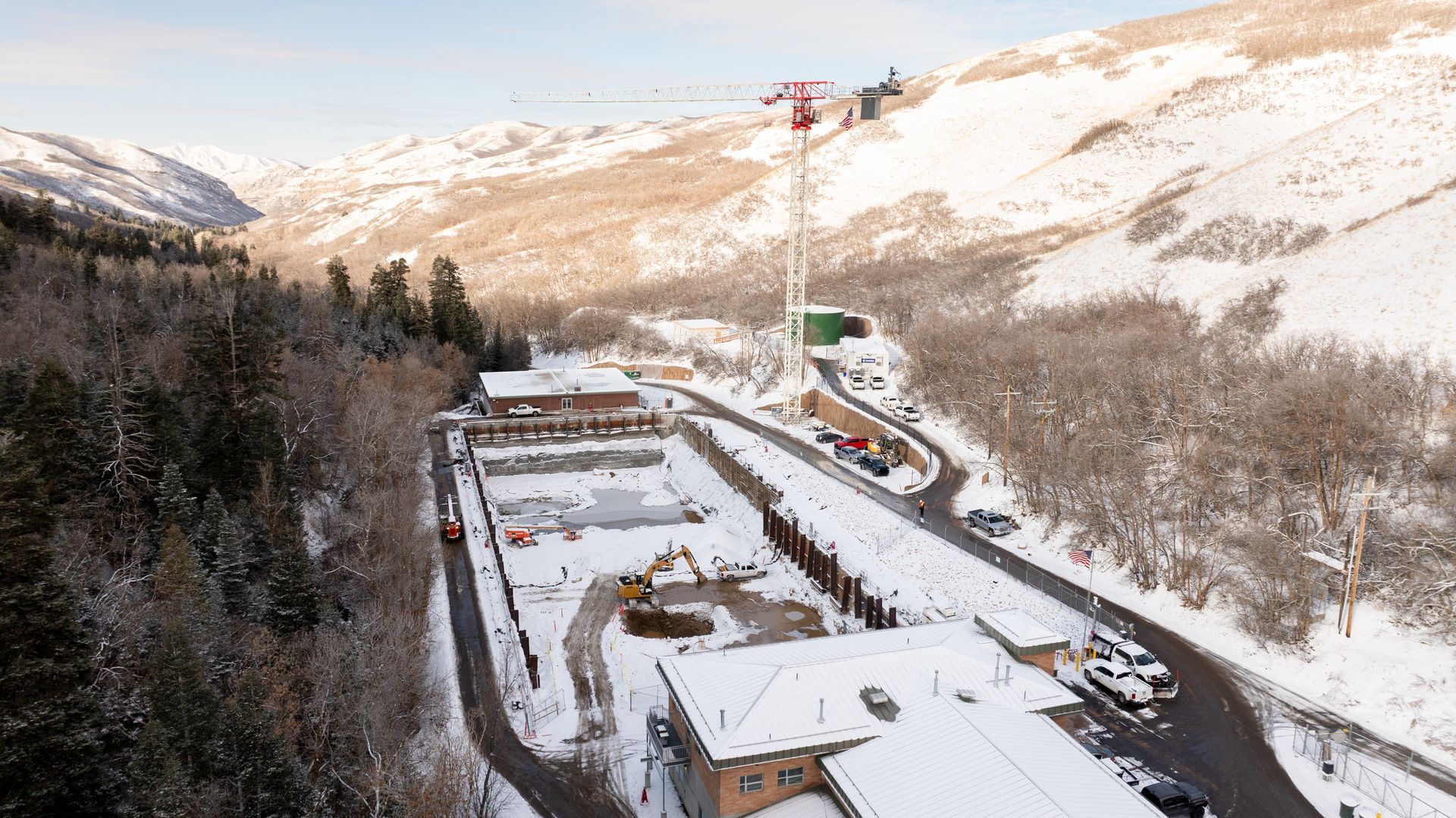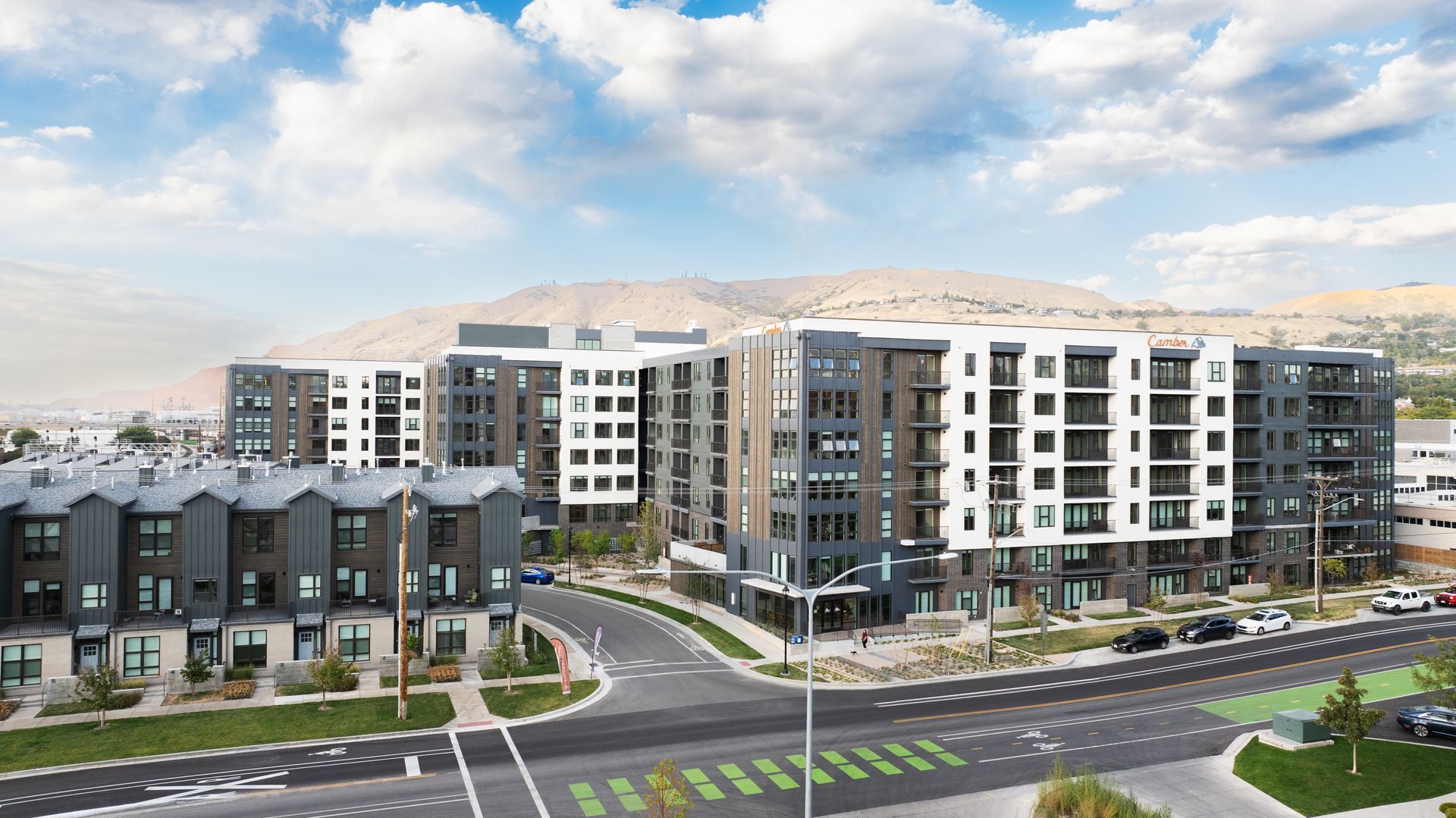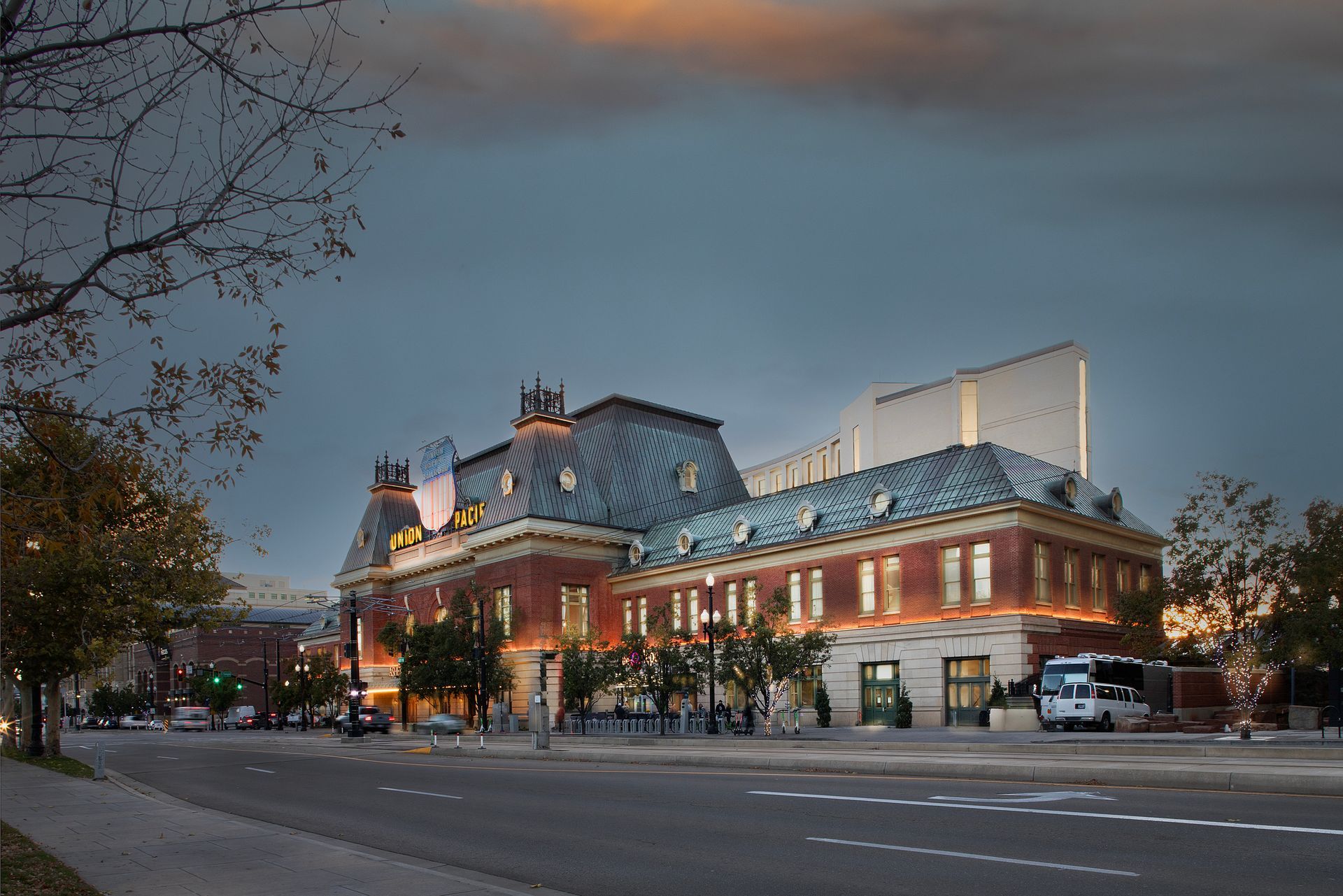Utah’s Chapter of the American Society of Landscape Architects (ASLA) wants a seat at the table to advance not just the profession of landscape architecture, but the environments for Utahns to thrive. By Taylor Larsen
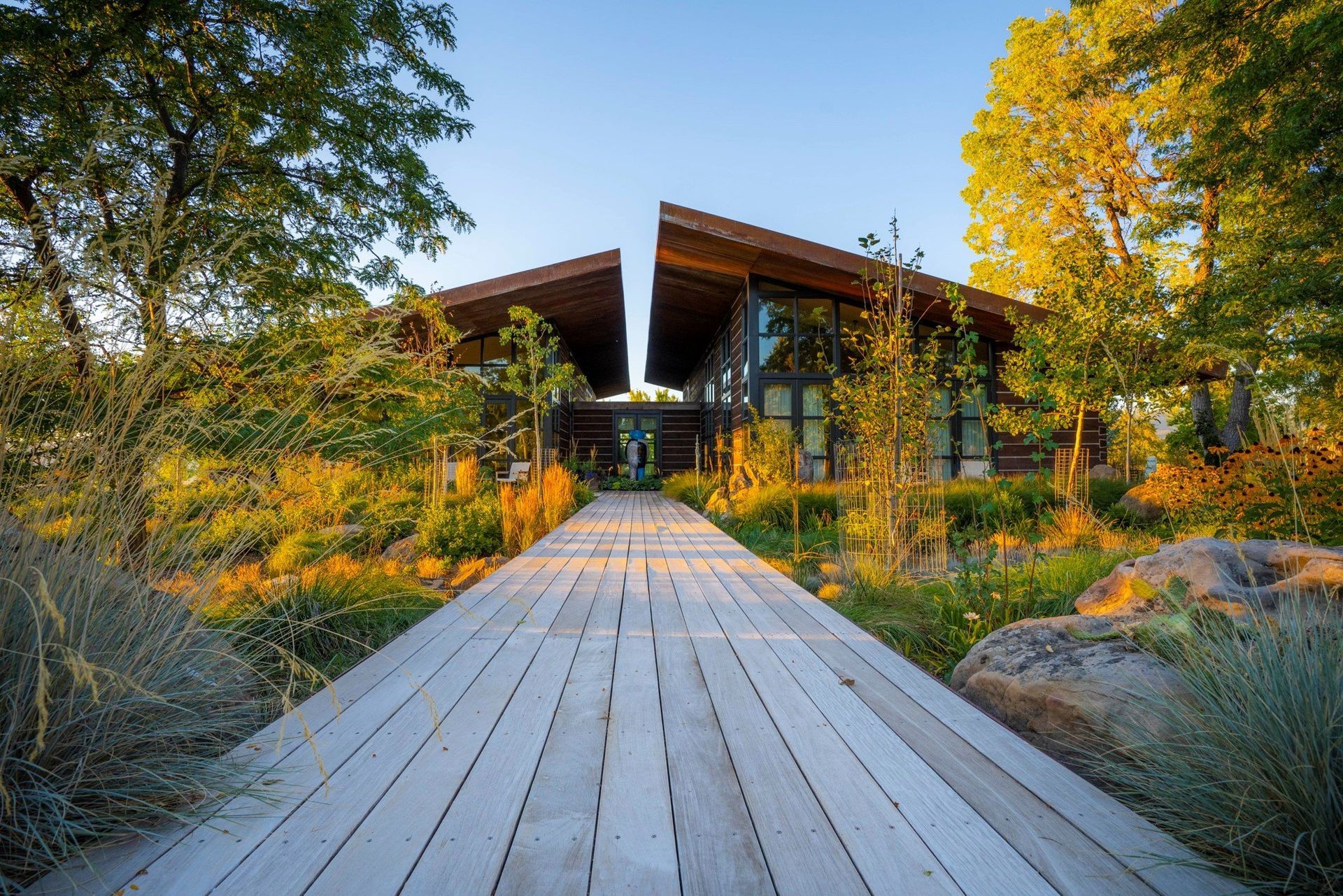
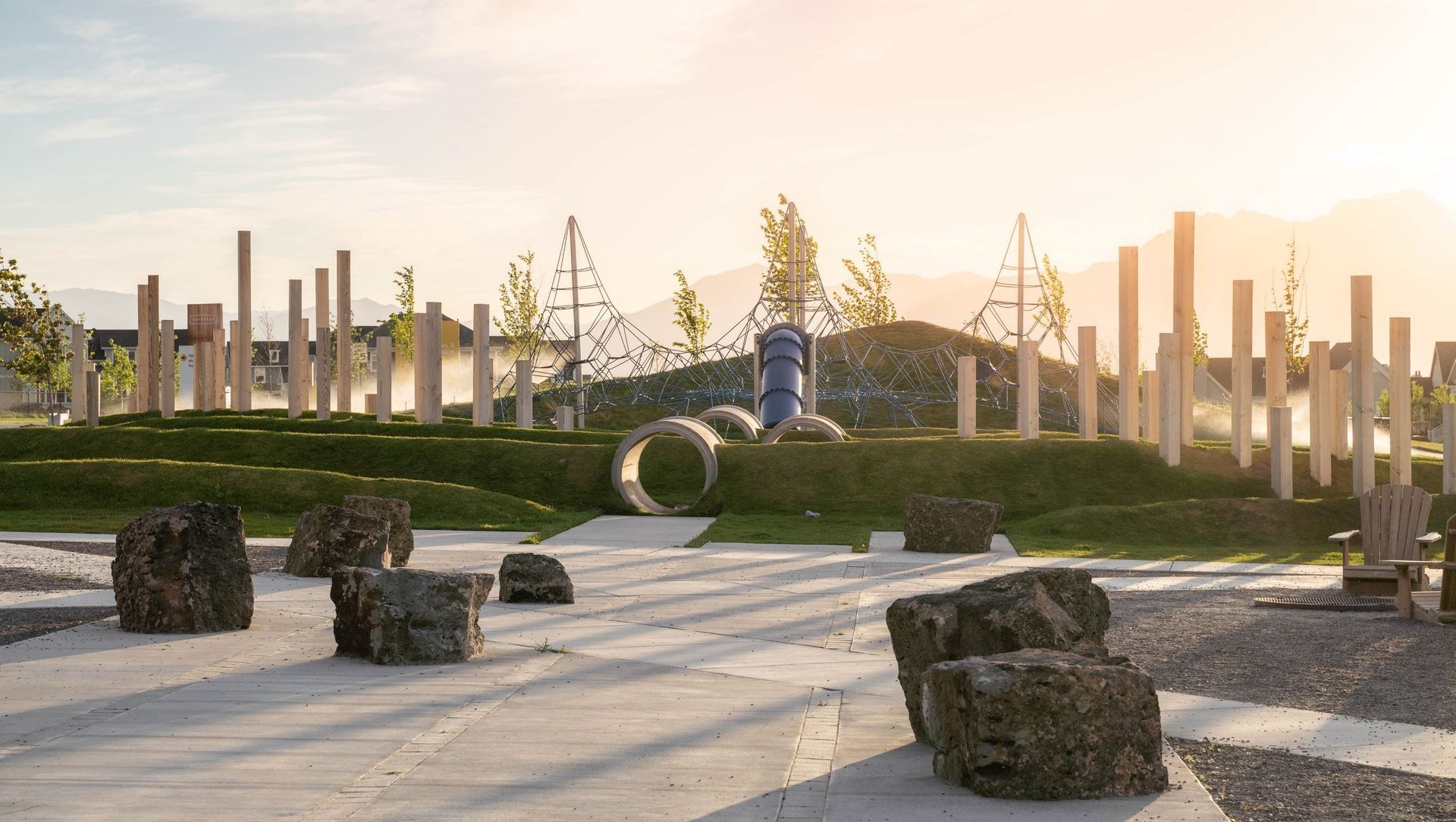
More clients are waking up to reality, he said, and seeing how minimizing the impact on our land, water, communities, and wildlife can benefit everyone. But, he continued, “There is a dominant conscience to ‘subdue the land’ rather than integrate more with natural systems."
ASLA is out to change that mindset. Communities and developers have the cultural prowess to work with nature rather than against it to create wonderful urban, suburban, rural, and natural developments beloved locally, nationally, and internationally.
The value of working with the ASLA is a straightforward sell to clients, but what about the value of the association itself?
Tyler Smithson, ASLA Utah’s VP of Membership, said that awarding the top work in the field via their ASLA Utah Annual Professional Awards is a great answer. Here, the best of the best in landscape architecture are awarded for general design, urban design, and residential design, along with planning and analysis.
As it awards the top projects and designers, the association is also building up professional development with online and physical resources for advancement and licensure, annual conferences at the state and national levels, and professional practice networks.
ASLA is out to improve the connections that allow landscape architecture to flourish. Connecting their members with vendors that provide new and improved products that create real value for our clients and partners, promoting best practices and innovative solutions to difficult problems, and, the most recent move, putting resources behind legislative and regulatory support of the profession.
Sometimes you need to make space at the table for people to hear you, and Erickson said these efforts to guide and influence state legislation will allow for landscape architects to “prime State of Utah projects that our profession is best suited for.”
It’s a two-for-one deal, ultimately providing more opportunities for landscape architects and reducing inefficient project management to create greater value for taxpayers.
Lobbying from the local to federal level is how the association values environmental, green infrastructure, and professional needs. ASLA wants to raise awareness across the industry in how their domain can build comprehensive, climactic-responsive infrastructure that wisely stewards resources and improves the lives of those in the Beehive State.
At the legislative level, the board and other landscape architects are excited for a few bills either in motion or under review.
HB 343 in the 2024 General Session is a significant step forward, as it allows state departments to hire licensed landscape architects as prime contractors on projects that the department determines to be landscape architecture projects. With unanimous votes in both State House and Senate, the association is awaiting the Governor’s signature.
Another bill, HB534, modifies and eliminates various state boards and commissions. Now, instead of the Landscape Architects Licensing Board, they have joined to form the Architects and Landscape Architects Licensing Board. Landscape architecture has gained an actual seat—seats, in this case—on the licensing board. Membership includes two landscape architects, four architects, and one member of the general public and becomes effective on the first of October.
It’s a positive move to give the landscape architecture field the recognition it deserves. Erickson said the board may create special or ad hoc subcommittees to advise the board on issues.
“This is an opportunity for the landscape architects to work together on a subcommittee to develop recommendations related to landscape architect issues for the full board to consider.”
The moves to speak up in the state are combining with the association’s efforts to integrate with architecture in the form of a move to AIA Utah’s headquarters in the Ford Building in downtown Salt Lake City. From ASLA Utah's perspective, this has given more legitimacy to the profession to have a space where both architectural practices can learn and collaborate in designing a better Utah.
ASLA is strengthening the relationships and commitments with future generations as well, especially with Utah State University. As the only institution in the state that offers a dedicated landscape architecture program, Erickson called the relationship between USU and ASLA symbiotic. Coordinated efforts like the mentorship and portfolio review groups support the students and give young professionals access to our members putting theory into practice.
“Having access to professionals in a mentorship environment benefits the students and practitioners,” Ward said. “As these students emerge into the profession, they help fill landscape architectural design roles in the fastest-growing state in the country.”
It is all part of the plan found in ASLA’s strategic planning document, aligning national goals with the practice as experienced in Utah, building advocacy and awareness, serving and supporting members, and empowering the future of the profession—all under the leadership of stellar association governance and management.
And it is intentional, Ward said. “Having a plan helps our organization achieve its goals in making Utah a better place to live and employ the craft of landscape architecture.”
As the profession flourishes, so do the places in Utah where people love to be. The voice of landscape architecture is growing with literal and figurative seats at the table, and Ward said they want the state—at both public and private levels—to look to their expertise to continue to plan, design, and execute better spaces.
“We are a profession founded on the stewardship of our natural environment and the precious resources that sustain our cities and lifestyles. We expect to be at the table when discussing important issues like the Great Salt Lake, water use issues, and how we grow our neighborhoods and preserve our high quality of life.”
They have their seat at the table; now it is up to ASLA and their membership to speak up.
Meet ASLA’s recently elected board:
President: Jesse Allen
Secretary: Ladd Schiess
Trustee: Bryce Ward
Continuing board members:
Past President: Paul Stead
President Elect: Lars Ericson
Treasurer: Adam Castor
VP Membership & Member Services: Tyler Smithson
Vice President of Advocacy: Thomas Eddington
Vice President of Visibility and Public Affairs: Josh Quigley
Vice President of Professional Development: Tanner Snow
Executive Director: Jenny Sonntag
